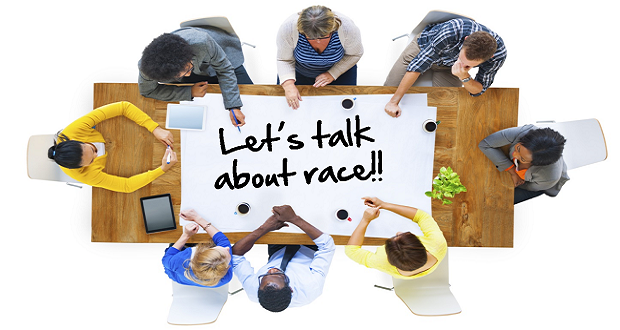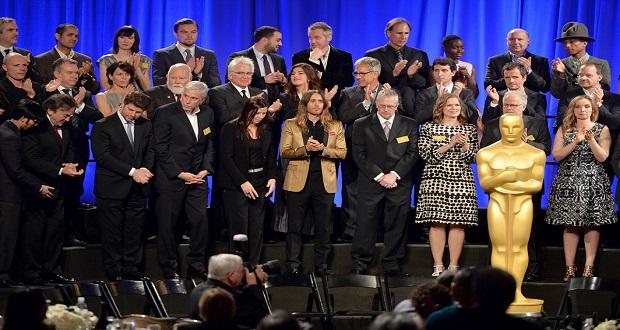
This is the sixth installment in a series of articles on what it means to have bold conversations about race.
The Winters Group is sponsoring a new feature at The Forum on Workplace Inclusion called Bold Conversations: Calling the Race Card. I started the series asking if we are ready to have bold conversations about race. The second piece explored the complex definitions of race and posited that it is really color rather than race that matters. The third post explored the idea of colorism. The first three posts were designed to provide background for why it is so difficult to have conversations about race. The last two posts, I proposed some skills that are necessary to have bold conversations. This week I will share thoughts about starting a conversation with a work team.
We often hear that we need to have “authentic,” open dialogue about race. The problem is that many of us may not be ready for such conversations because we do not have the skills and abilities to do so. I posit there is preparation before embarking on such a discussion which includes asking and answering these questions.
[dropshadowbox align=”none” effect=”lifted-both” width=”600px” height=”” background_color=”#b6e4fd” border_width=”1″ border_color=”#dddddd” ]
- How much trust do we have within the team?
- Conduct an independent anonymous survey
- Proceed depending on the level of trust
- Low trust? Before commencing dialogue about race, build trust
- What is the common ground?
- Focus on those elements where there is common agreement
- Before moving forward allow enough time for reflection
- What facts can you bring to the table about differences that are credible and indisputable?
- Have a cross-cultural team collect the facts to reduce the perception of bias
- What is our skill level to have authentic dialogue?
- How culturally competent is the team (knowledge, skills)?
- Do we understand our own biases?
- Is the team capable of empathy? Non-judgmental evaluation?
- Is our team OK with being in a place of discomfort? Non-closure?
- Can we accept different levels of emotion and engagement?
- Will we allow enough time for individual and group reflection? (E.g. How did that feel for you?)
- How will we continue the dialogue?
- What is our process for addressing situations that arise in-between sessions?
- Develop cross-cultural learning partners model to promote ongoing conversation (This involves pairing individuals who are different in some significant way. Encourage them to meet regularly with structured topics to explore their similarities and differences. The process is guided and facilitated by a skilled cross-cultural expert.)
[/dropshadowbox]
Without doing the work to ensure the team is ready for a conversation about race, you will run the risk of creating more divisiveness. To enhance the success of the dialogue, engage a skilled facilitator with cross-cultural acumen.


















